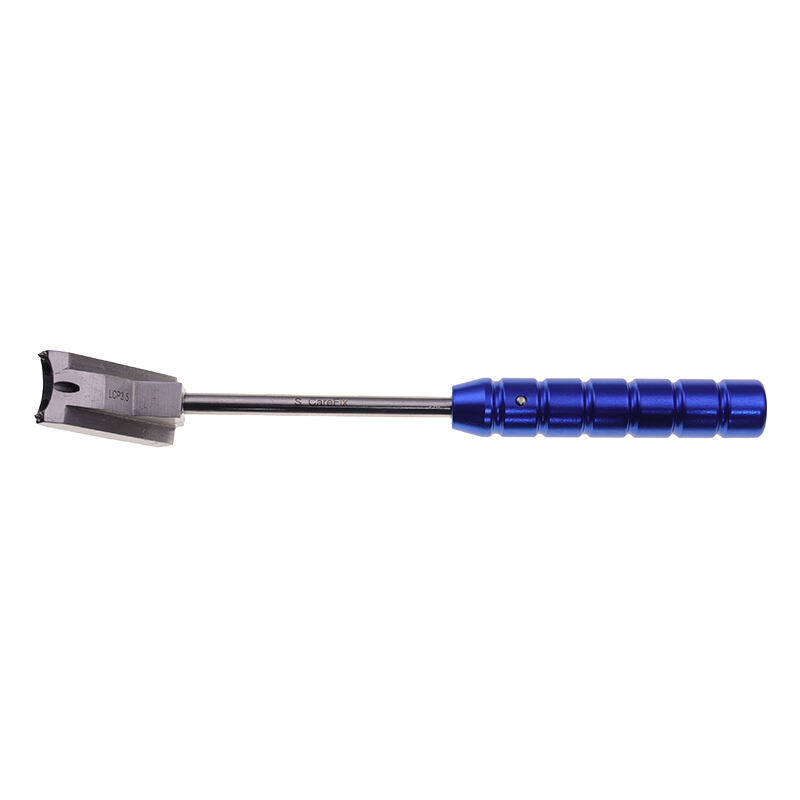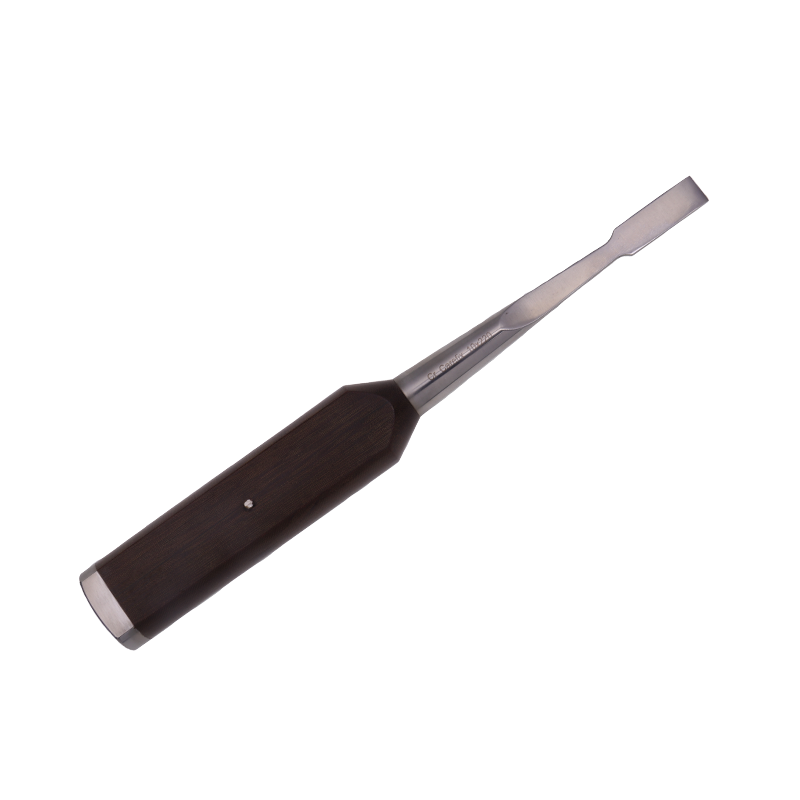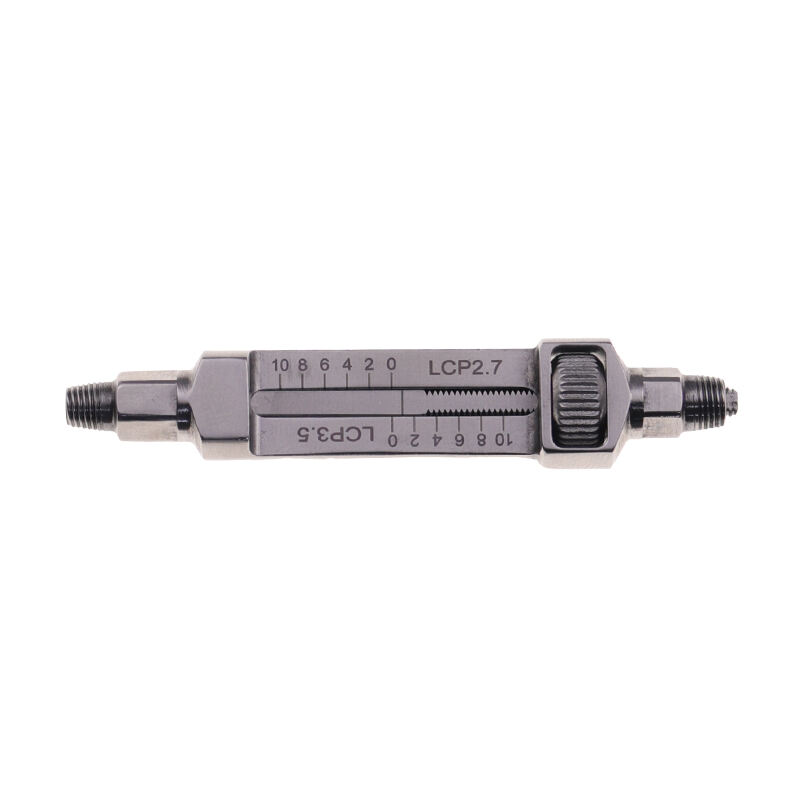orthopedic instruments
Orthopedic instruments represent a comprehensive suite of specialized medical tools designed for diagnosing, treating, and managing musculoskeletal conditions. These precision-engineered instruments encompass a wide range of tools, from basic hand instruments like forceps and retractors to sophisticated power tools and imaging equipment. Modern orthopedic instruments incorporate advanced materials such as surgical-grade stainless steel and titanium, ensuring durability and optimal performance during procedures. The instruments feature ergonomic designs that enhance surgeon control and reduce fatigue during extended operations. Key technological features include precision-calibrated measurement tools, computer-assisted navigation systems, and minimally invasive surgical instruments. These tools are essential in various applications, including joint replacement surgery, trauma care, spine surgery, and sports medicine procedures. The instruments are designed with specific functionalities to address different anatomical requirements and surgical techniques, enabling healthcare professionals to perform procedures with greater accuracy and efficiency. Advanced imaging integration capabilities allow for real-time visualization during procedures, while specialized coating technologies enhance instrument longevity and reduce the risk of infection.


